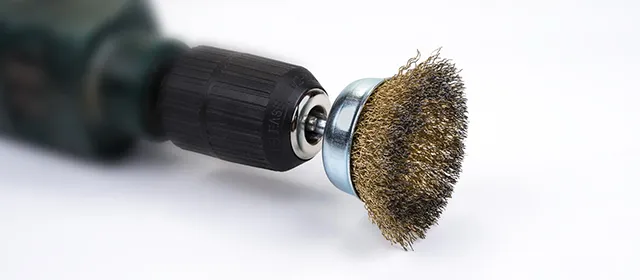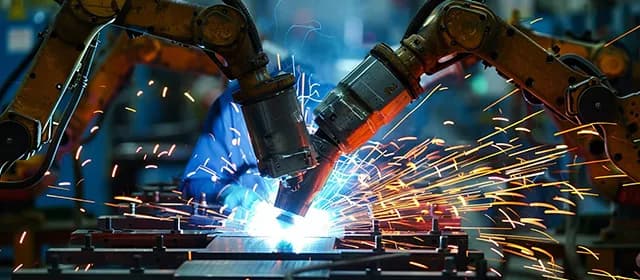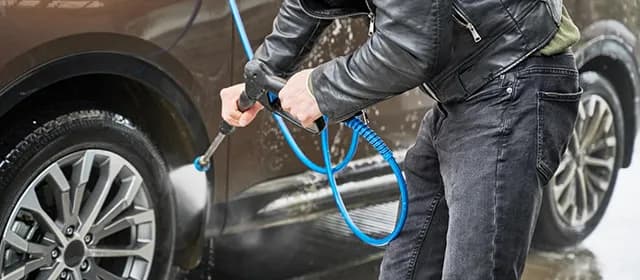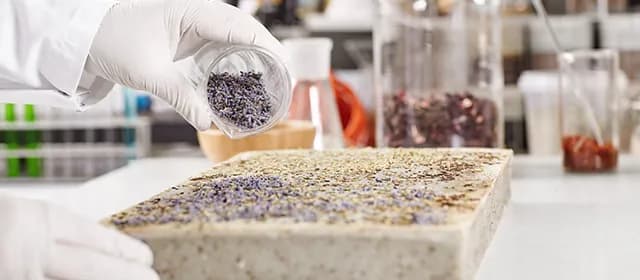In industrial manufacturing, product quality no longer depends solely on dimensional accuracy; surface integrity has become equally critical. Across sectors such as aerospace, automotive, heavy machinery, and electronics, burrs, microscopic rough edges, or residues left after machining are a persistent manufacturing challenge.
For industrial leaders, burrs are more than a finishing concern. They can affect assembly, reduce part longevity, and increase warranty costs. Automation through brush deburring machines is emerging as a decisive strategy to address these challenges, improving productivity while ensuring consistent quality. The global brush deburring machine market is expected to generate a valuation of USD 946.7 million by 2031, as per Kings Research’s estimates.
According to the U.S. Department of Commerce, automation in machining and finishing is a major driver of efficiency gains in manufacturing, particularly in high-value sectors like aerospace and automotive. This is why brush deburring technology is not simply a tool, but a strategic investment in operational excellence.
The Current Industrial Challenge — Why Burr Removal Is Increasingly Critical
As manufacturing moves toward higher precision and shorter production cycles, the importance of effective burr removal grows. Advanced manufacturing processes, such as CNC machining, stamping, and laser cutting, produce burrs that can compromise the final product’s performance and reliability if left untreated.
Manual deburring is time-consuming, inconsistent, and exposes workers to injury risks. In high-volume production environments, it can also become a bottleneck, slowing throughput and increasing costs.
For industrialists, the challenge is not just removing burrs, but doing so in a way that is scalable, consistent, and cost-effective. This is where brush deburring machines have become a game-changer.
The Technology Behind Brush Deburring Machines — How They Work
Brush deburring machines use abrasive brushes mounted on rotating spindles to remove burrs and smooth surfaces. These systems vary by configuration, vertical spindle, horizontal spindle, or belt-mounted designs, each tailored to specific application needs.
The process depends on selecting the correct brush material, adjusting spindle speed, pressure, and feed rate. Advances in brush materials now allow these machines to handle a broader range of metals, composites, and plastics while maintaining precision.
For industrial leaders, the key advantage lies in automation. Brush deburring machines integrate with manufacturing lines, allowing burr removal to occur seamlessly within production cycles without disrupting throughput. This ensures consistency across thousands of components, a crucial factor for sectors where tolerances are measured in microns.
Key Industries — Where They Make a Difference
Brush deburring machines are used in industries where precision, productivity, and surface finish matter.
In the automotive they are used to smooth machined engine parts, structural components, and assemblies. Bur-free surfaces improve assembly accuracy and reduce wear, which directly affects vehicle performance and life.
In aerospace manufacturing, where tolerances are very tight, burr removal is crucial. Burrs on aerospace components can create stress points and safety risks, making reliable finishing technology non-negotiable.
The electronics industry uses burr removal for components such as connectors and casings, where surface irregularities can affect conductivity and assembly precision.
Heavy machinery and precision tooling industries also benefit from automated brush deburring systems, which improve throughput while minimising scrap and rework. For high-volume manufacturers of complex parts, this is a clear operational advantage.
Business Benefits Beyond Burr Removal — The Strategic Advantage
The value of brush deburring machines goes beyond surface finishing. They bring operational benefits that influence cost, efficiency, and competitiveness.
From an efficiency perspective, automated systems drastically reduce cycle time compared to manual deburring. This enables manufacturers to scale production while maintaining consistent quality. According to a NIST publication, surface finishing processes are required in a wide range of manufacturing applications and account for up to 25% of the manufacturing cost. These processes tend to be ergonomically undesirable and tedious for human operators, making them good candidates for automation. Collaborative robot manufacturers, such as Universal Robots, promote the use of their systems’ built-in force sensing for surfacing applications (source: https://tsapps.nist.gov/). This highlights the significant potential for automation to enhance efficiency and reduce costs in finishing processes.
Financially, brush deburring machines reduce labor costs and rework rates, leading to a lower total cost of ownership. While upfront investment may be substantial, the return comes in the form of reduced operational downtime, fewer defects, and improved overall quality.
From a strategic perspective, adopting this technology allows manufacturers to meet higher quality standards, deliver faster, and differentiate themselves in competitive markets.
Integration Challenges and Considerations
While the benefits are clear, integrating brush deburring technology requires planning. Choosing the right machine configuration, understanding process parameters, and compatibility with existing manufacturing systems are key.
One challenge is adapting brush deburring machines to increasingly complex part geometries. Manufacturers must ensure burr removal is precise without compromising part integrity. Another is process optimization, balancing cycle speed with quality to maintain productivity without sacrificing finish quality.
For industrialists, the strategic consideration is ROI. This means calculating savings from reduced labour, scrap, and rework against the upfront cost. Advanced simulations and pilot testing can help you assess the value before committing to full-scale adoption.
Future Trends and Innovation in Brush Deburring
Brush deburring technology is evolving with industrial automation and sustainability initiatives. Innovation in brush materials is extending machine life and improving burr removal efficiency even for complex geometries.
Integration with Industry 4.0 is another trend. IoT-enabled deburring systems can now monitor performance in real time, predict maintenance needs, and optimize cycles automatically. This improves process reliability and reduces downtime.
Sustainability is also shaping the future of brush deburring. New systems are designed for lower energy consumption, reduced waste, and longer tool life, in line with global manufacturing goals for greener operations.
Industrialists who adopt early gain a competitive edge by improving efficiency and sustainability.
Case Study: How Brush Deburring Transforms Manufacturing
A manufacturer of precision aerospace components was bottlenecked by burr removal, manual processes taking hours, and introducing variability. By integrating a brush deburring machine, they reduced cycle time by 30%, improved surface finish, and reduced scrap by 18%.
The result was not just cost savings but a strategic improvement in production capacity and quality control. This is why brush deburring machines are not just tools; they are transformative investments for modern manufacturing.
Final Thoughts
Brush deburring machines are a must-have for manufacturers looking to improve precision, productivity, and competitiveness. By automating burr removal, industrialists can ensure quality, reduce operational costs, and scale efficiently.
For decision makers in high-precision industries, this technology offers more than operational improvement; it’s a strategic advantage. In an era where efficiency, quality, and sustainability define competitive leadership, integrating brush deburring machines is a forward-thinking choice that delivers measurable results.




